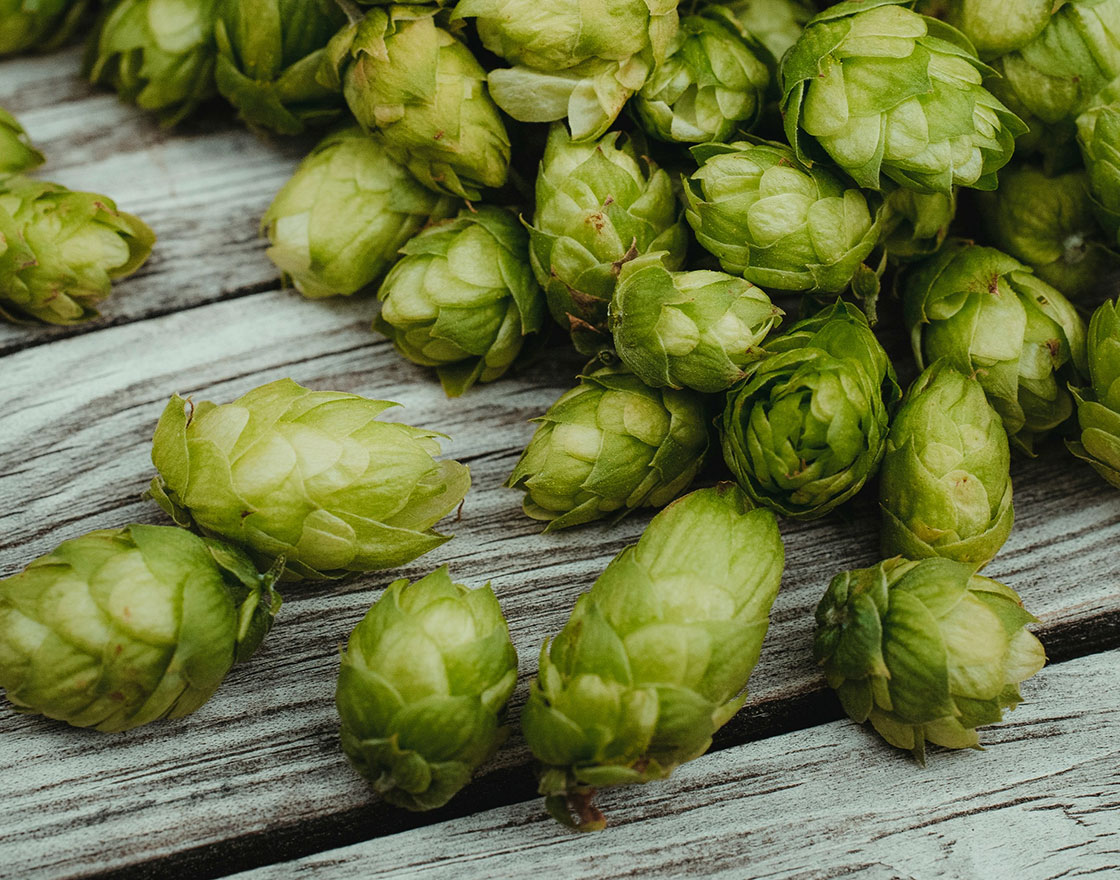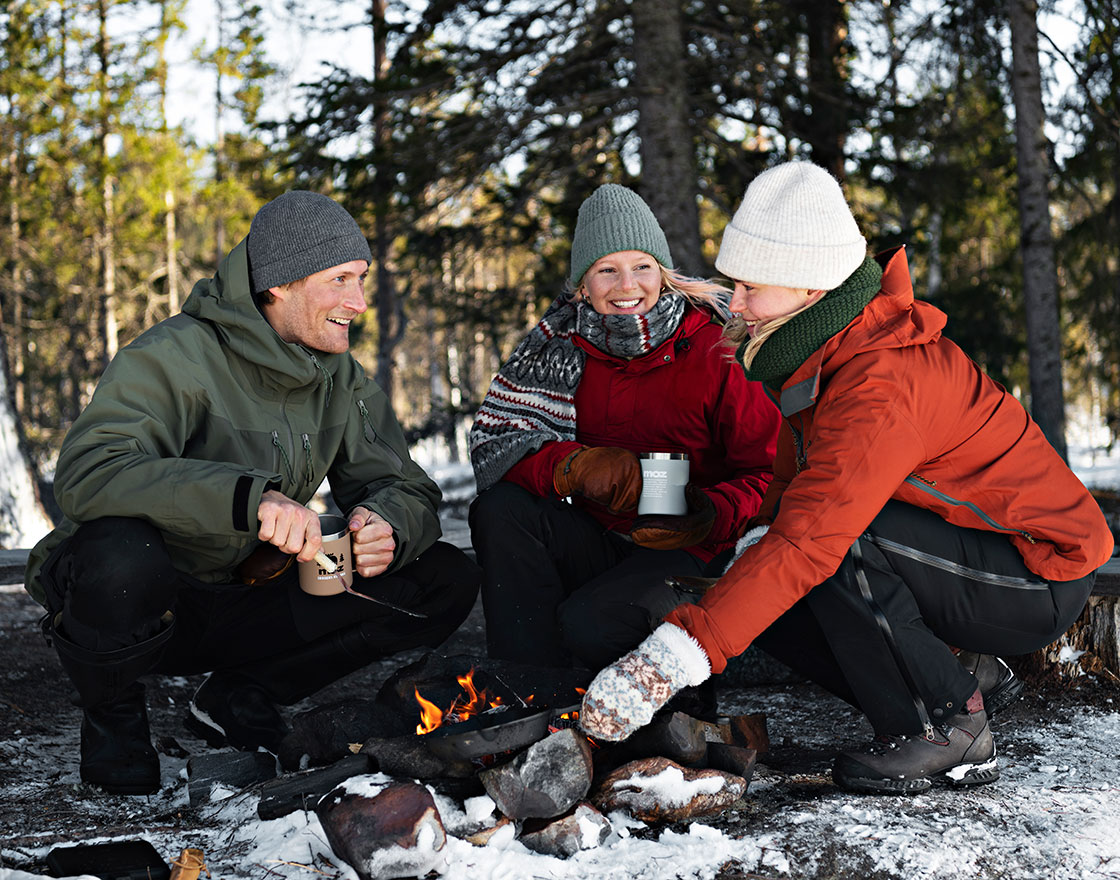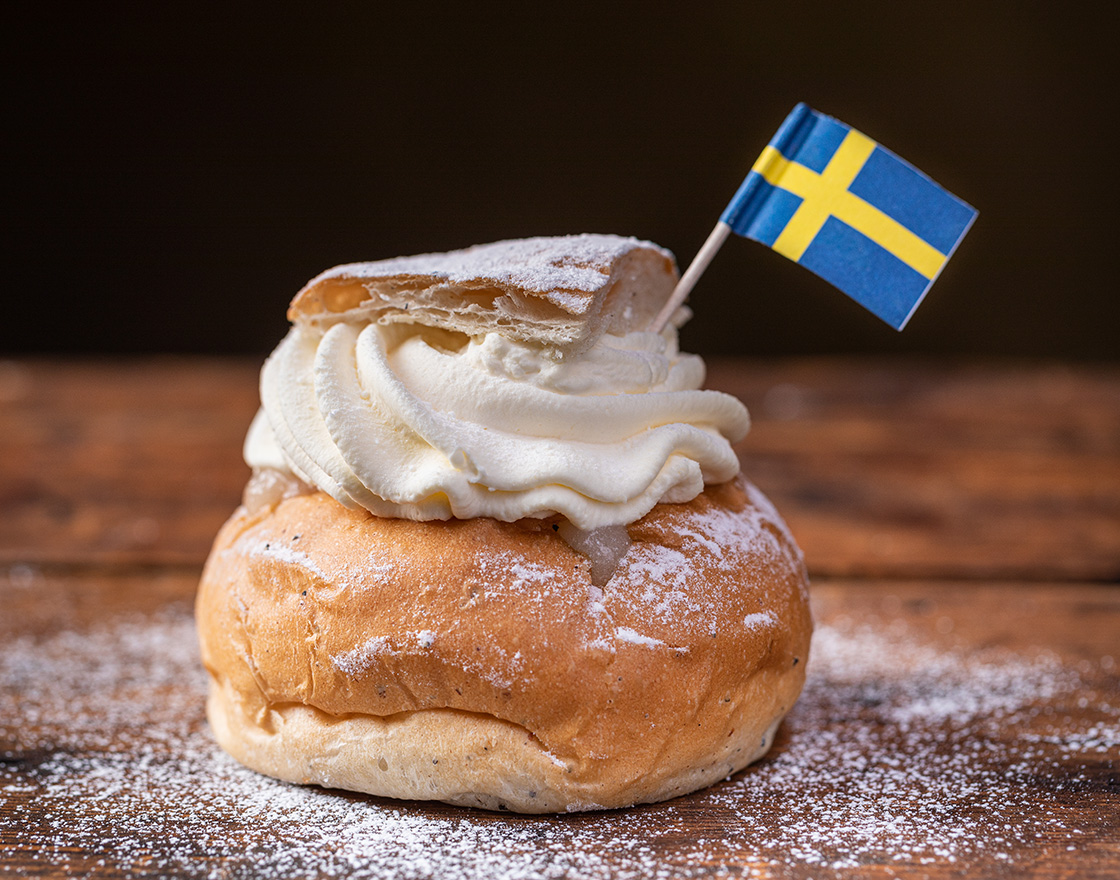Sweden’s National Day falls on June 6th
Sweden’s National Day falls on June 6th
On Swedish National Day, the whole country turns into a giant fika party! Everyone’s waving flags, and strawberry cake practically becomes the national food for the day. Plus, most Swedes get the day off to soak up the sunshine and celebrate.
Sweden’s National Day – celebrating since 1893
We Swedes have been celebrating our National Day on June 6th since way back in 1893. It all started when we took inspiration from our neighbors, Norway and Denmark, who celebrate on May 17th and June 5th, respectively. There were a few ideas tossed around for our date, but eventually, June 6th won out. Why? Well, it’s a double whammy – the day King Gustav Vasa was elected back in 1523, and the same day our constitution was signed in 1809. Talk about a day steeped in history!
Believe it or not, even though we’ve been partying on June 6th for over a century, it wasn’t officially declared Sweden’s National Day until 1983. And get this – it wasn’t until 2005 that it became a public holiday, giving everyone a well-deserved day off to celebrate.

How Swedes celebrate the 6th of June
Sure, King Gustav Vasa might not be the first thing that pops into mind when we Swedes bust out the blue and yellow for National Day on June 6th. Mostly, it’s a chance to soak up the early summer sun with friends and family. But hey, there are some pretty epic celebrations happening in the cities too!
In Stockholm, you might just catch the King and Queen rolling by in a fancy carriage. Or, for a taste of tradition, head over to Skansen, our open-air museum, for a proper National Day bash.
But between you and me, Swedes don’t need much to get a party going. Some fika (coffee and treats, duh!), a classic strawberry cake, and the people you love – that’s pretty much the recipe for a perfect National Day. Really, what else do you need?

























